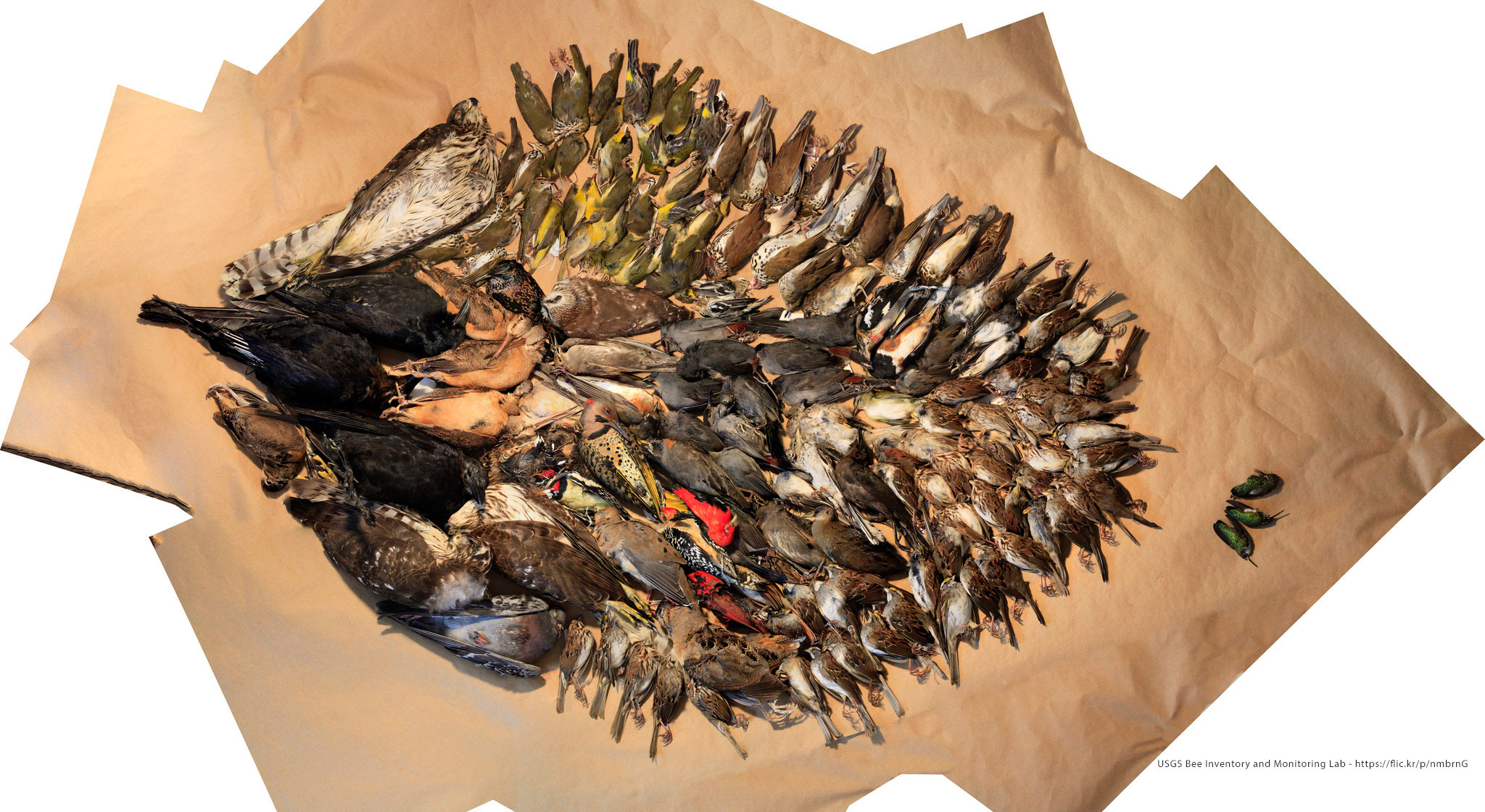Birds face many threats related to humans, including predation by petcats, and collisions with buildings, towers and automobiles. Experts estimate that the greatest source of mortality in human-dominated landscapes is bird-window collisions (BWCs). Sheet glass placed in the exterior walls of buildings represents an invisible barrier to bird flight, and collisions occur as birds attempt to move through reflections of open space and vegetation. It is estimated that up to 1 billion birds die annually from window strikes in the United States. Although many species are affected by BWCs, not all bird species are equally vulnerable to hitting windows. Birds such as hummingbirds, warblers, and thrushes appear to suffer most from collision mortality.
Despite the fact that BWCs cause high levels of bird mortality, we know little about the factors that influence collisions and almost nothing about the size of the problem in areas outside of the eastern United States. Understanding more about BWCs wherever birds and windows coexist is important for conservation and management.
In 2013, a large-scale collaborative project investigating the factors affecting BWCs was initiated through the Ecological Research as Education Network, or ‘EREN’ (http://erenweb.org). Professors and students at 13 EREN-affiliated college campuses studied BWCs in the U.S. and Mexico. The researchers at these sites found that window collisions were responsible for 91 bird deaths representing 39 species. Most dead birds were found at buildings (1) with the most windows and (2) surrounded by habitat that birds prefer. Explore more of the details of the 2013 research findings at http://bit.ly/1FVIfH4.
In 2014, the number of college campuses collaborating on the bird-window collisions project has grown to over 40 sites in Mexico, Canada, and the U.S. Results from the 2014 field season are forthcoming and will be available in spring 2015. You may read more about the bird-window collisions project at https://sites.google.com/a/augustana.edu/eren-bird-window-collisions-project/home.

